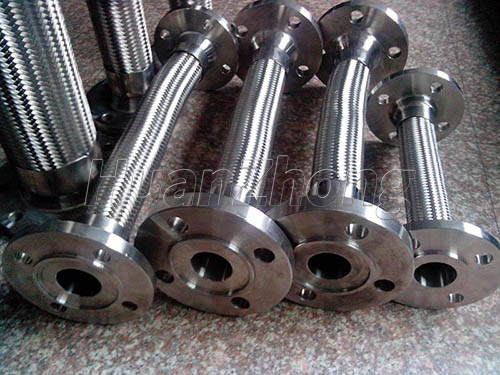Metal hose deformation how to proceed?
Metal hose construction only to the basic carry out sand and gravel backfill solution, the import and export trade to carry out mixed soil or dry masonry construction solution, the use of sand, marble, construction steel, etc. is small, very good for sand and gravel lack of geographical areas. Metal hose installation current standards shall be straight and smooth, branch pipe and the slope of the dam base slope should be consistent. Metal hose interface shall be fused inseparable, moisture-proof rubber seals reasonable.
In the metal hose wave crest and bottom valley and tube side valley are tangential tension, axial pressure or tangential pressure, axial tension complementary law of change; each measured point under constant load tangential strain is larger, axial strain is relatively small. Metal hose wave peak and trough in the metal hose, tube bottom, tube side are stress concentration, the location of the large equivalent force of each tube diameter is closely related to the load; large equivalent force in general with the increase in tube diameter and increase; with the metal hose wall thickness increases, the large equivalent force is logarithmically decreasing.
The tangential and axial stresses and strains as well as deflection and large effect force in the tube with the height of the fill at constant load has a linear growth law, live load with the height of the fill gradually decreases; overall tangential strain strain is greater than the large value of the axial; metal hose to tangential strain is the main. Each tube diameter constant load, live load under the action of the tube side wave crest tangential and axial are subject to bit.
